What is the biggest thing in the world? Largest items on earth
What is the biggest thing in the world? Several features and structures around the globe inspire awe by their sheer magnitude. This article explores the most impressive and immense things in the world, from those crafted by nature to those shaped by human ingenuity.
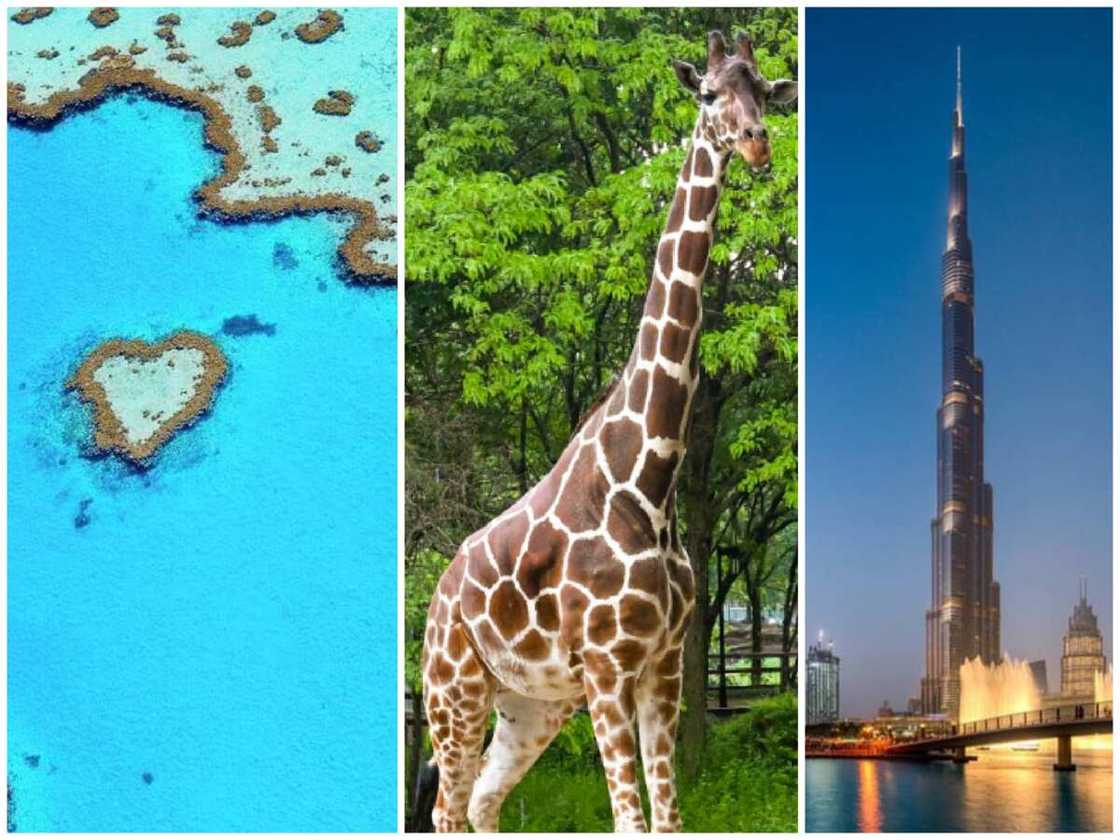
Source: UGC
The biggest thing in the world can be challenging to comprehend. For instance, dinosaurs are considered among the most gigantic animals ever, but there are other animals far more enormous than dinosaurs.
What is the biggest thing on Earth?
The Earth’s most extensive feature can vary depending on the criteria used to measure size, from volume, mass or area, among other factors.
Similarly, there are multiple categories, each with its largest feature ever. For instance, the biggest single living thing is the giant sequoia tree named General Sherman. These are some of the largest things in the world across different categories.
Largest natural features in the world
Nature has crafted some of the most awe-inspiring and monumental landscapes, from the depths of the oceans to the heights of the atmosphere. These grand spectacles serve as a testament to the forces of nature that have shaped our planet.
UY Scuti
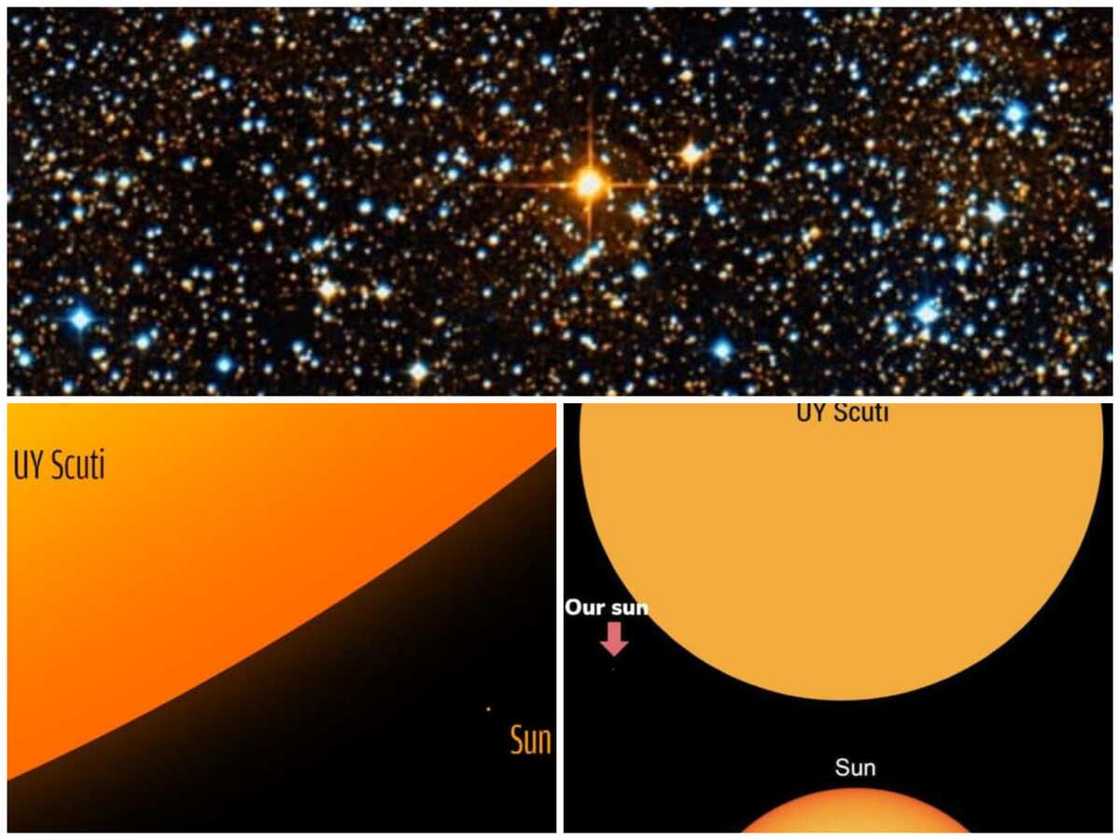
Source: UGC
- Diameter: about 2.4 billion kilometres
UY Scuti, a red supergiant star located in the constellation Scutum, is the biggest thing in the world. Like most stars, UY Scuti's size is difficult to determine precisely due to its complex and irregular shape. However, it's generally thought to be around 1,700 times the radius of the sun or even larger.
Sahara Desert
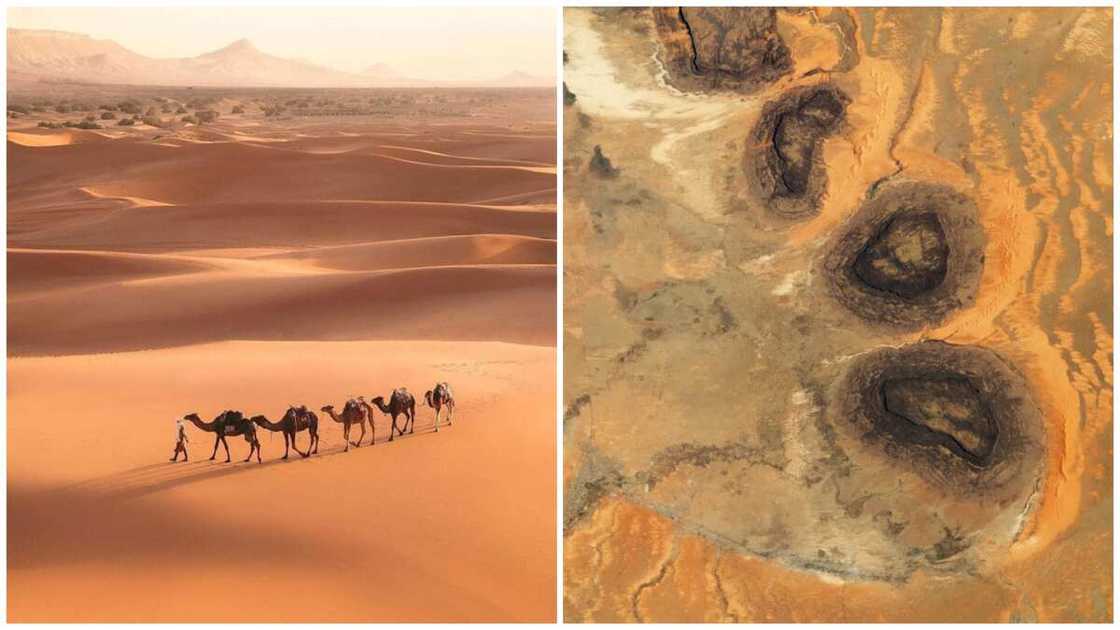
Source: UGC
- Size: 9.2 million square kilometres (3.6 million square miles)
- Location: North Africa
The largest hot desert in the world is the Sahara Desert. It stretches from the Atlantic Ocean in the west to the Red Sea in the east. During the day, temperatures can soar to over 50°C (122°F). The landscape is characterised by sand dunes, rocky plateaus, salt flats, and occasional oases. While it may not be rich in natural resources, it is a diverse ecosystem.
Amazon Rainforest
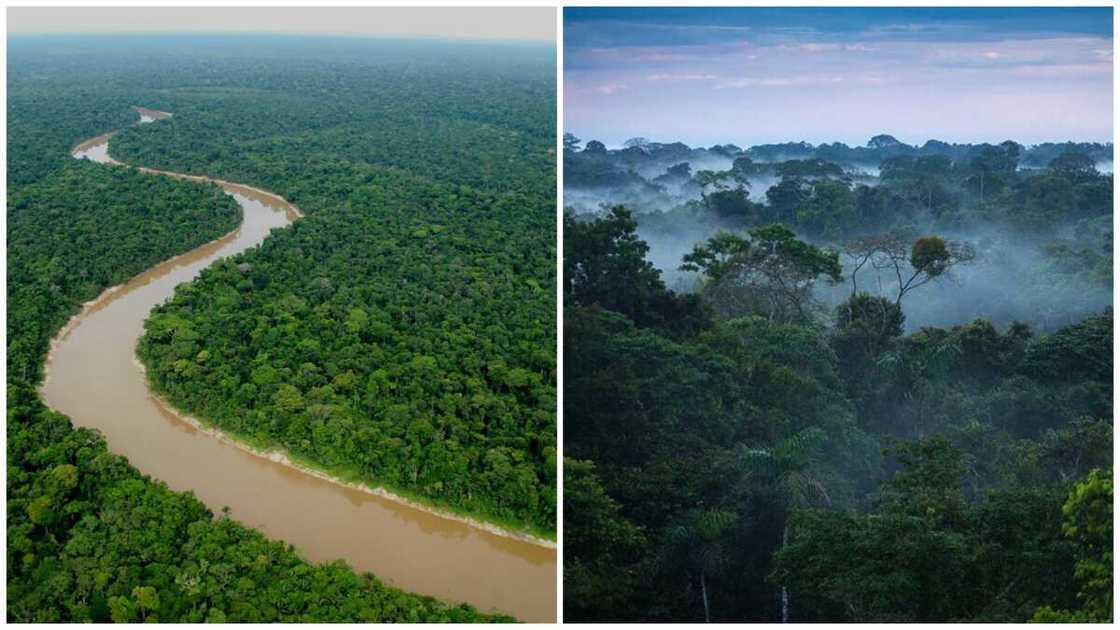
Source: UGC
- Size: 5.5 million square kilometres (2.1 million square miles)
- Location: South America
The Amazon Rainforest is a vast and diverse tropical rainforest ecosystem and one of the biggest things in the world. It's estimated that the rainforest is home to around 390 billion individual trees and hundreds of thousands of animal and plant species.
Great Barrier Reef
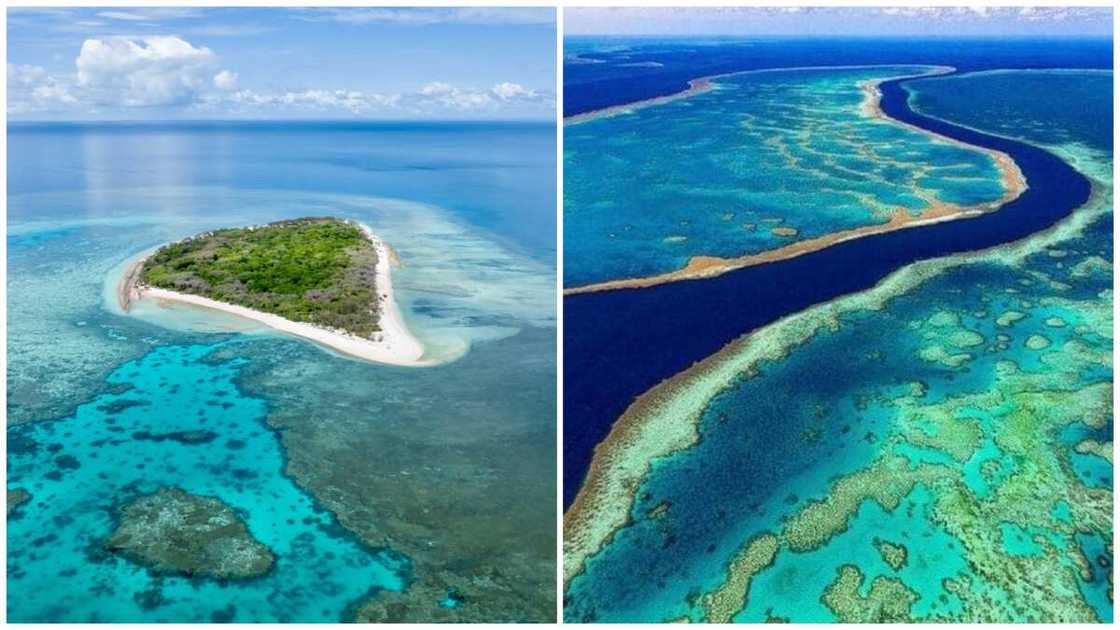
Source: UGC
- Size: about 133,000 square miles (344,400 square kilometres)
- Location: Queensland, Australia
The Great Barrier Reef is the world's most extensive coral reef system and one of the biggest things occurring naturally. As one of the most biodiverse ecosystems on the planet, the reef is home to a diverse range of marine life, including thousands of species of fish, corals, molluscs and sharks.
Antarctic Ice Sheet
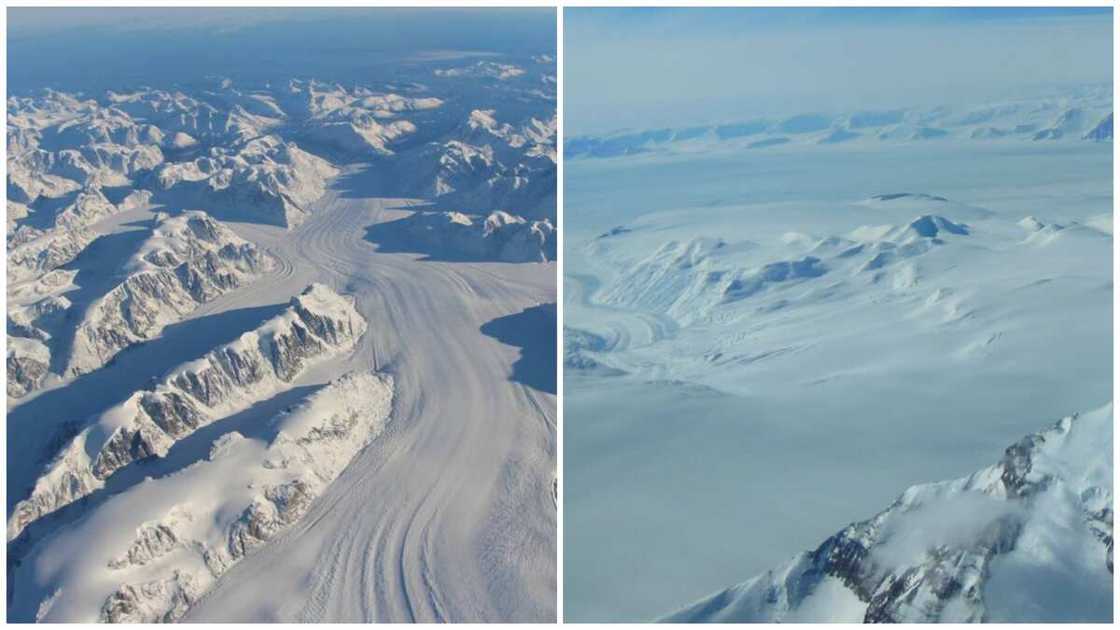
Source: UGC
- Size: about 14 million square kilometres (5.4 million square miles)
- Location: Antarctica
The Antarctic Ice Sheet is a massive expanse of ice covering the Antarctica continent. It is the most enormous single mass of ice on Earth. It contains about 90% of the world's ice and about 70% of the planet's fresh water.
Living things that are huge
The animal kingdom is incredibly diverse in every way, from massive marine creatures to towering land animals and impressive birds. These animals top the list of living things that are large, with truly remarkable adaptations.
Blue whale
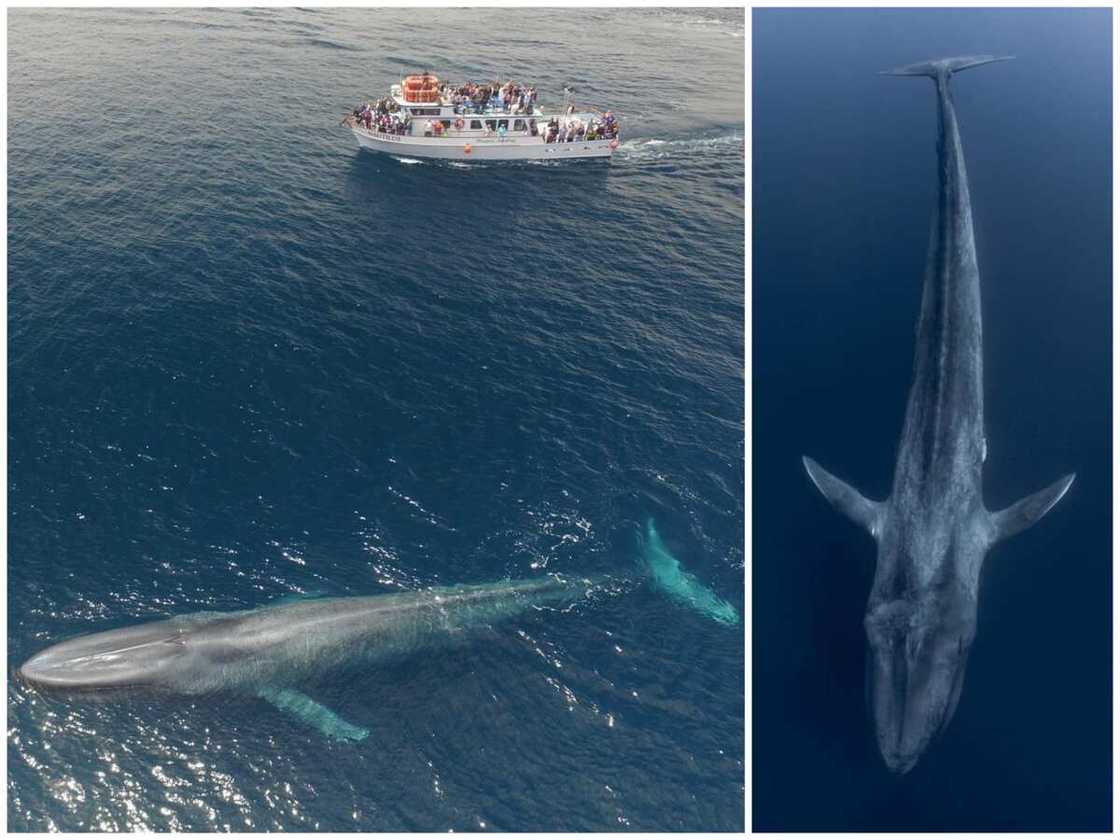
Source: UGC
- Length: Up to 98 feet (30 metres)
- Weight: Up to 200 tonnes
The blue whale (Balaenoptera musculus) is the largest animal ever on Earth. Their sheer size makes them heavier than even the most enormous dinosaurs. They are found in oceans worldwide, preferring colder waters for feeding and warmer waters for breeding and calving.
African elephant
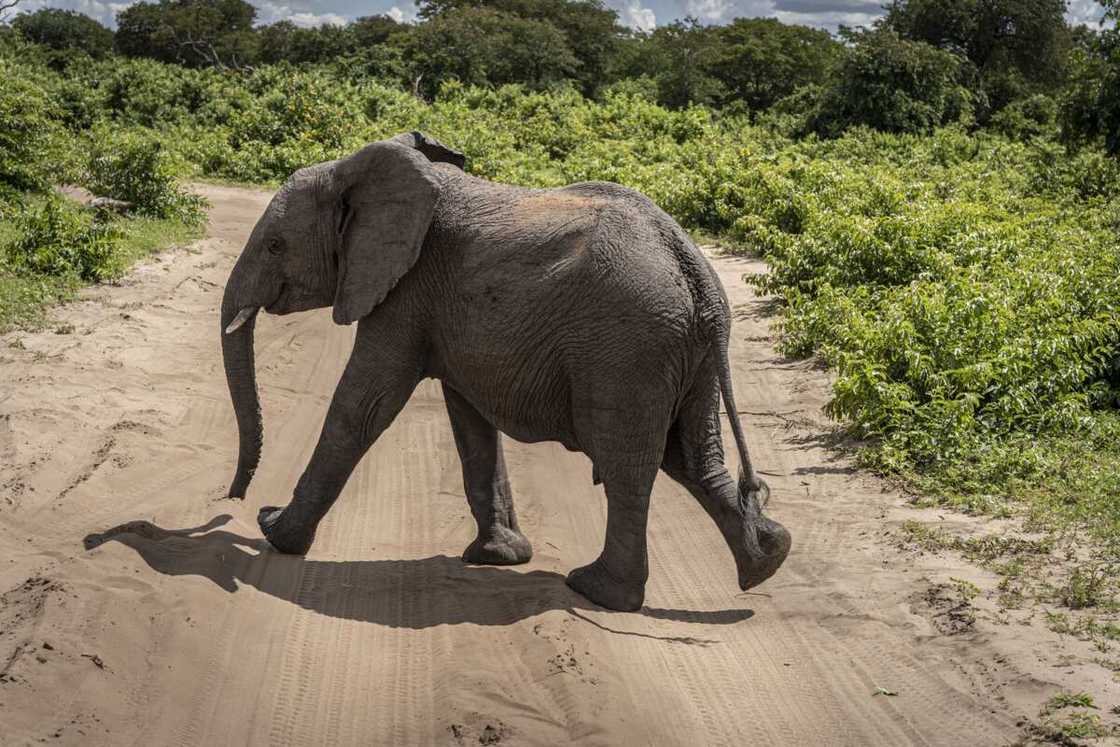
Source: Getty Images
- Height: 10 to 13 feet (3 to 4 metres)
- Weight: Up to 14,000 pounds (6,350 kg)
The African elephant (Loxodonta africana) is one of the biggest things ever to have lived on land. They inhabit various habitats, including savannas, grasslands, and forests. They are found in multiple regions across sub-Saharan Africa.
Giraffe
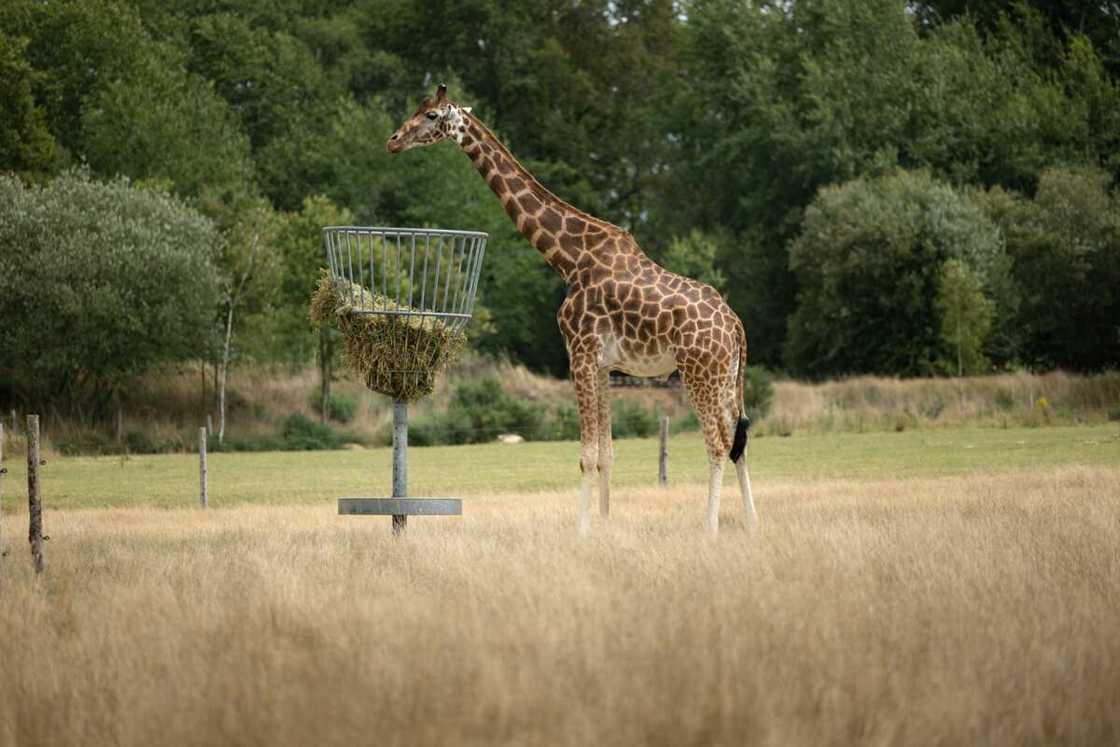
Source: Getty Images
- Height: Up to 18 feet (5.5 meters)
- Weight: Up to 4,200 pounds (1,900 kg)
The giraffe (Giraffa camelopardalis) is the tallest terrestrial animal. Giraffes are found in savannas, grasslands, and open woodlands across various parts of Africa. Their long necks, which can be around 6 feet (1.8 meters) in length, help them reach foliage in trees that other animals cannot access.
Saltwater crocodile
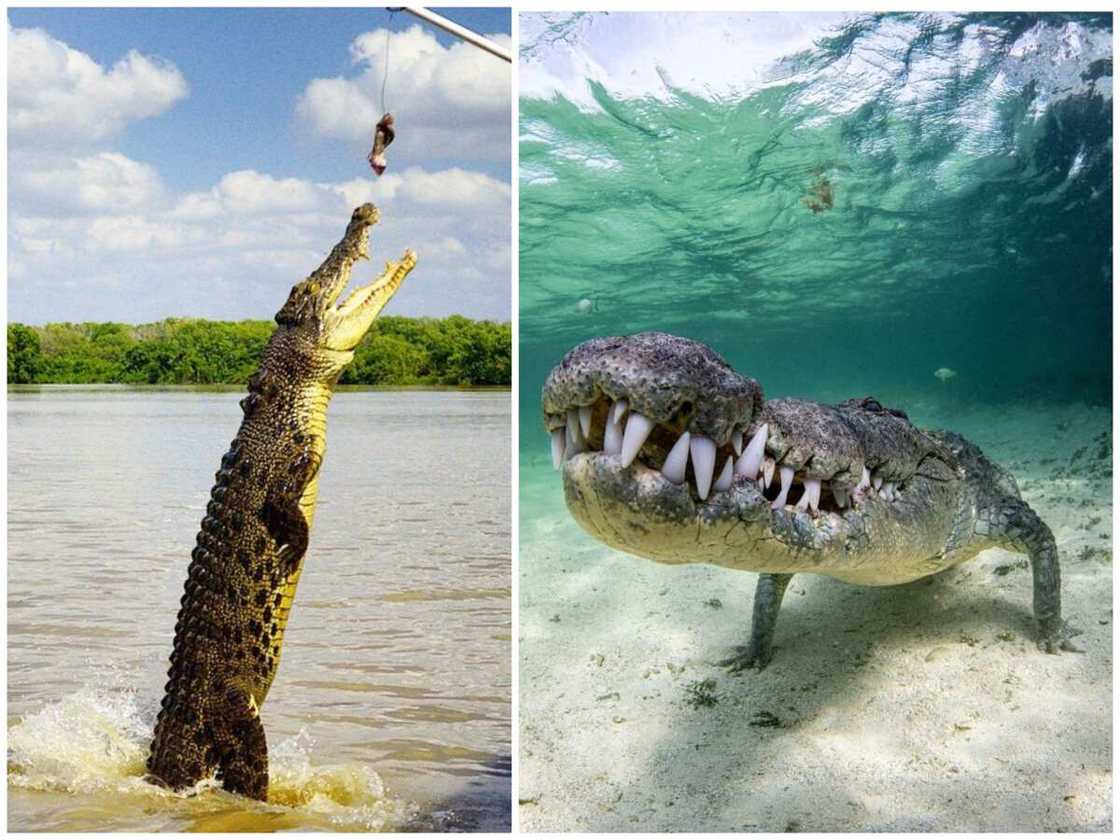
Source: UGC
- Length: up to 23 feet (7 meters)
- Weight: over 2,200 pounds (1,000 kg)
The saltwater crocodile is the largest living reptile found in estuaries, rivers, and coastal areas of Southeast Asia, Australia, and parts of the Indian subcontinent. These scary animals are apex predators and opportunistic feeders. Their diet includes fish, birds, mammals, and other reptiles. They are known to be highly skilled ambush hunters.
Ostrich
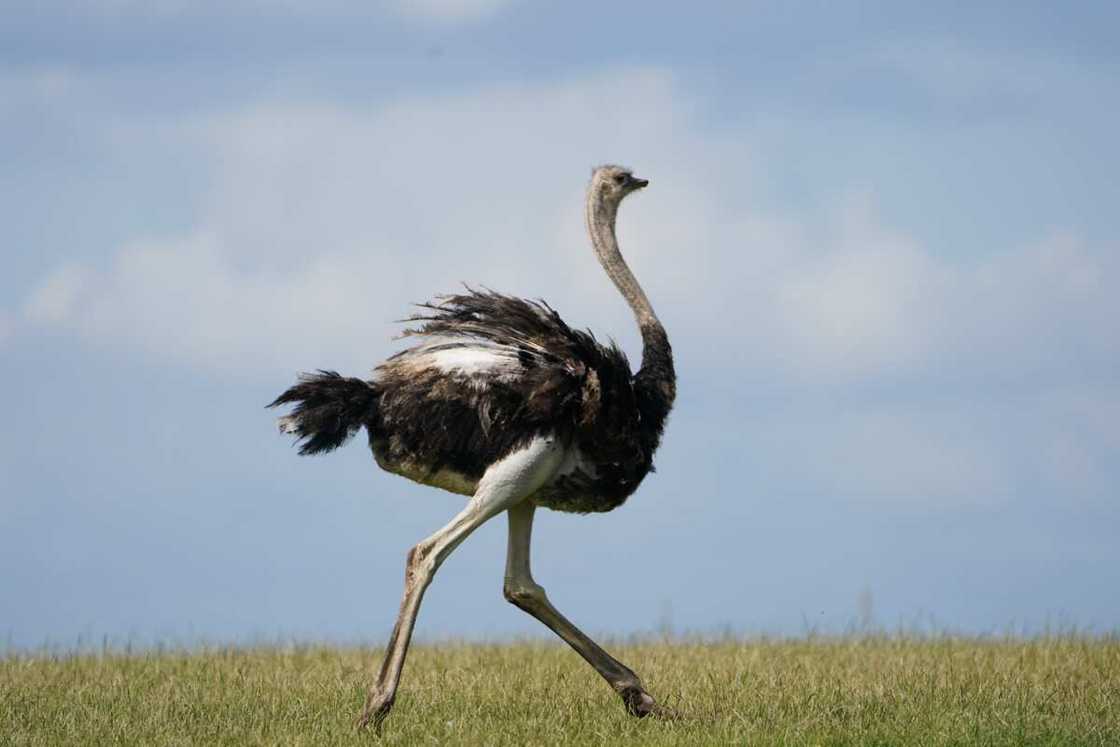
Source: Getty Images
- Height: up to 9 feet (2.7 meters)
- Weight: 220 to 350 pounds (100 to 160 kilograms)
Ostriches are flightless birds, possessing large and powerful legs adapted for running. Despite their inability to fly, they are excellent runners and can achieve up to 60 miles per hour (97 kilometres per hour) over short distances.
Artificial things that are big
From towering skyscrapers that touch the heavens to colossal ancient structures that whisper tales of civilisations long past, they speak of human ambition. Here are some of the most awe-inspiring world's biggest things that are man-made.
The Seawise Giant

Source: UGC
- Length: About 1,504 feet (458.45 meters)
- Location: Yokosuka, Kanagawa, Japan
The Seawise Giant, later known as the Jahre Viking, was an ultra-large crude oil tanker that held the title of the largest ship ever built in terms of length, gross tonnage, and deadweight tonnage. It spent much of its service life transporting crude oil across the world's oceans. Unfortunately, it was scrapped in 2010.
Burj Khalifa
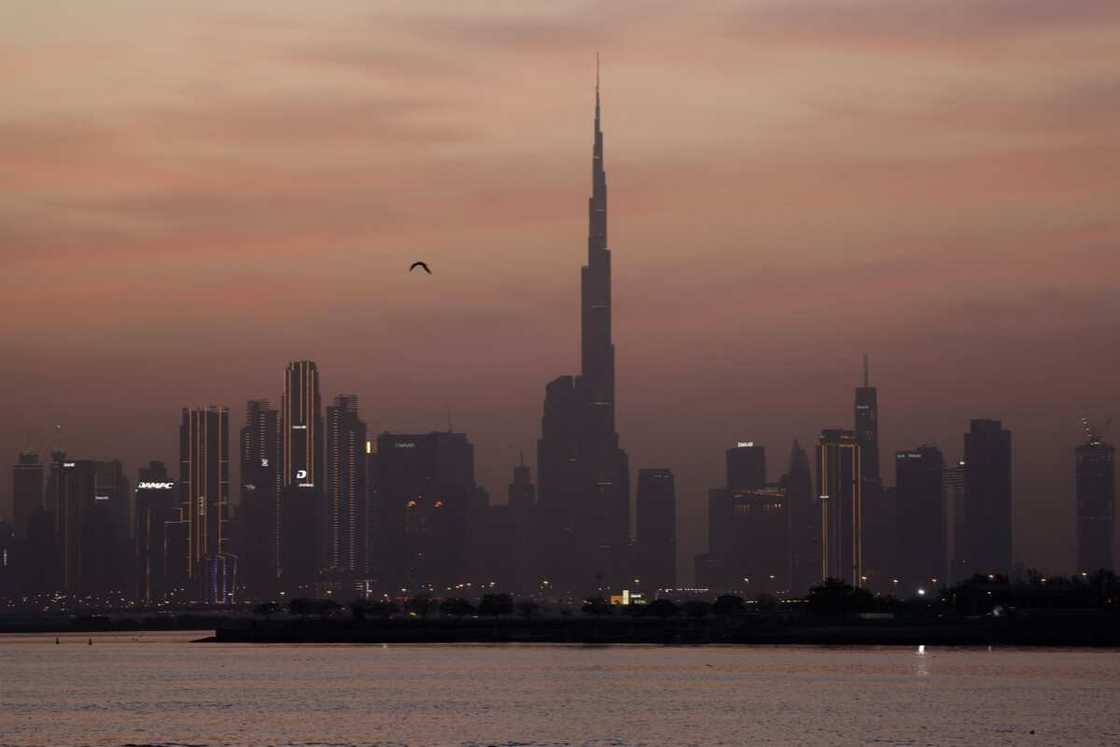
Source: Getty Images
- Height: 2,717 feet (828 meters)
- Location: Dubai, United Arab Emirates
The Burj Khalifa is the tallest skyscraper in the world and a national symbol of the UAE. Construction began in 2004 and was completed in 2010. Its design is influenced by Islamic architecture and features a Y-shaped floor plan that maximises views and structural stability.
The Great Wall of China
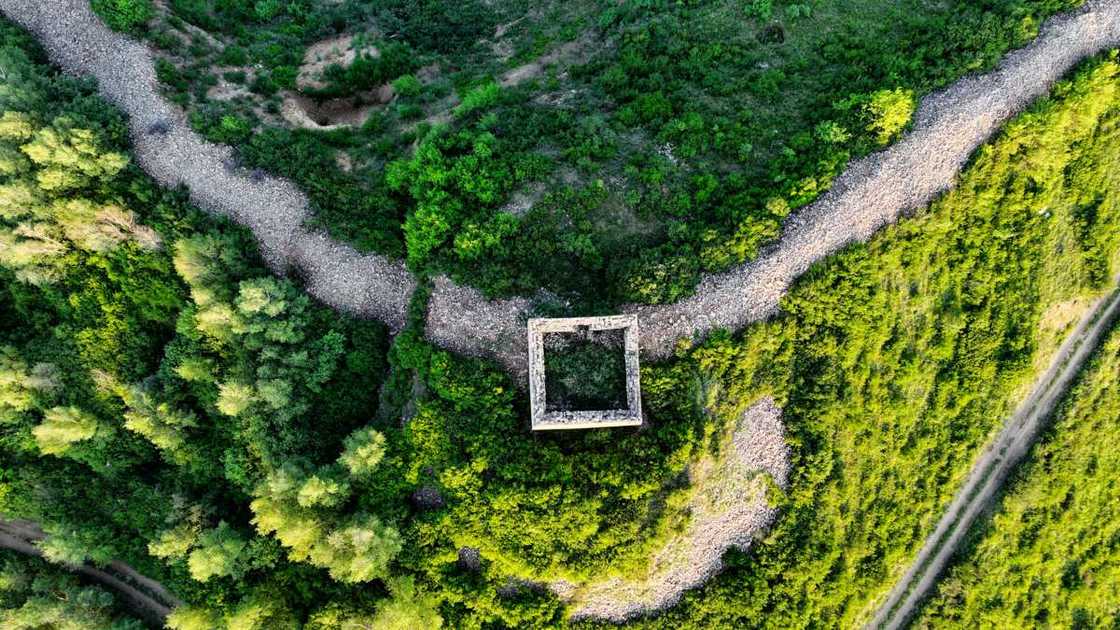
Source: Getty Images
- Total length: 13,170 miles (21,196 kilometres)
- Location: Huairou District, China
The Great Wall of China is a series of fortifications and walls constructed across northern China to protect the Chinese states and empires from invasions and raids. The Great Wall is not a continuous wall but a network of walls and fortifications built by various dynasties over centuries.
Palm Jumeirah

Source: UGC
- Size: About 2.5 square miles (6.5 square kilometers)
- Location: Dubai, United Arab Emirates
Palm Jumeirah is one of the three artificial Palm Islands of the Palm Islands development project, the others being Palm Jebel Ali and Palm Deira. It is designed to resemble a palm tree when viewed from above. It consists of a trunk, 17 fronds, and a crescent-shaped breakwater that serves as a protective barrier.
CERN Large Hadron Collider

Source: Getty Images
- Size: 17 miles (27 kilometers)
- Location: CERN, Geneva, Switzerland
The Large Hadron Collider (LHC) is the world's largest and most powerful particle accelerator. It's a cutting-edge scientific instrument designed to accelerate particles to incredibly high speeds and smash them together. It allows scientists to study the fundamental building blocks of matter and the forces that govern the universe.
While the biggest thing in the world is not a single item, the vast entities that fit the title across categories inspire wonder. These colossal entities remind man of the natural world's grandeur and humanity's relentless ambition to harness it.
Legit.ng recently published an article about the world’s biggest forehead. Big foreheads have drawn a lot of attention in recent times. They spark curiosity as to what causes them. Forehead sizes can differ for multiple reasons, including genetics, medical conditions and normal variations in appearance.
There is no official record of the person with the most immense forehead in the world. This is mainly because forehead sizes are subjective rather than scientific facts, so not everyone would agree on what constitutes a large forehead. Even so, some individuals worldwide gained fame for their forehead sizes. Have a look at some of the most noteworthy head sizes.
Source: Legit.ng









